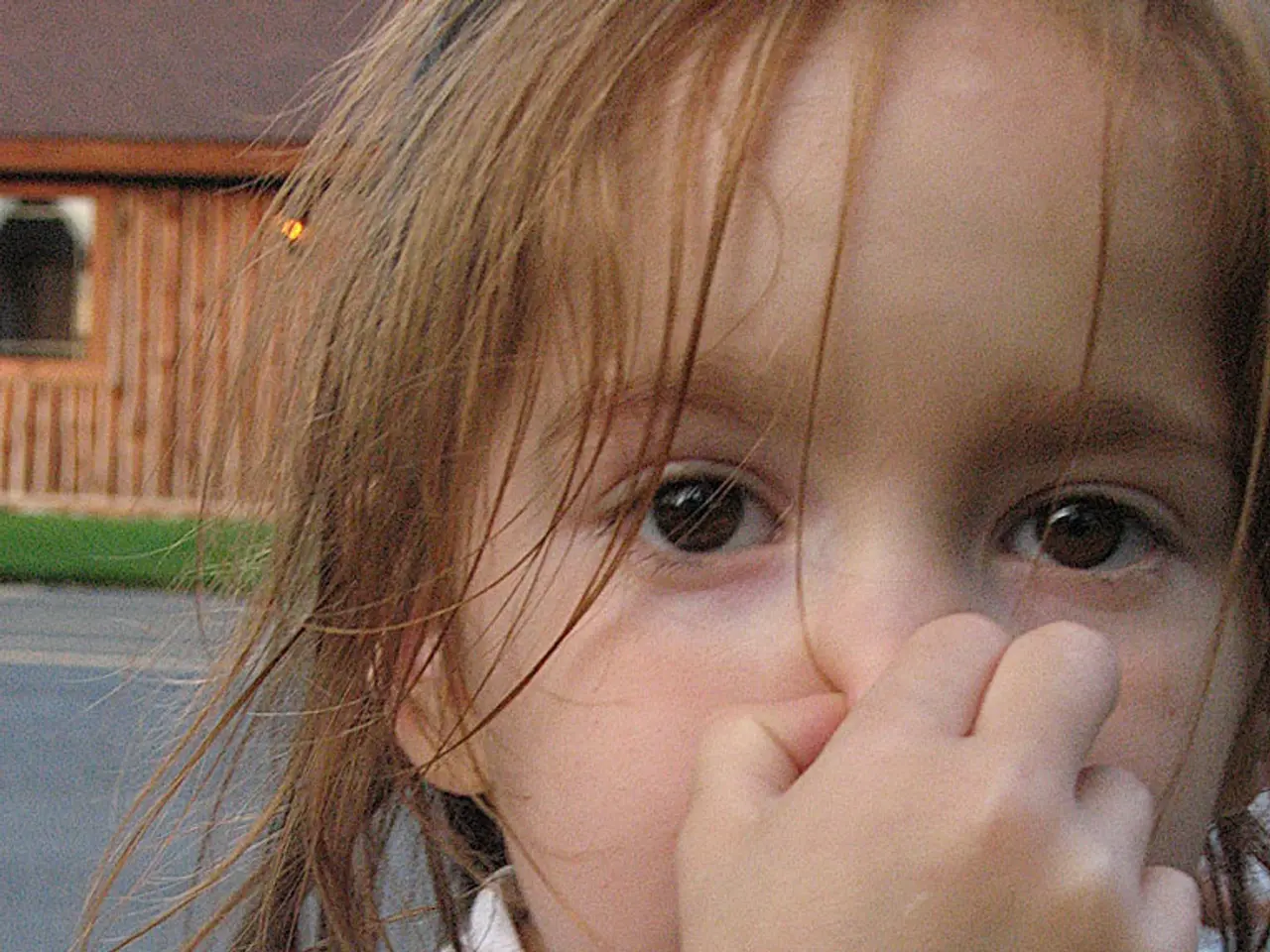Nose Cancer: Kinds, Signs, Causes, Remedies
Skin cancer is a common health concern, and the nose is one of the areas most susceptible to these conditions due to its exposure to the sun. Here are the typical symptoms of three common types of skin cancer that can occur on the nose: Basal Cell Carcinoma (BCC), Squamous Cell Carcinoma (SCC), and Melanoma.
Basal Cell Carcinoma (BCC)
BCC is the most common type of skin cancer, known for its slow growth. It typically appears as a smooth, shiny, pearly-colored nodule with dilated blood vessels on the surface. This growth may resemble a scar or pigmented spot. BCC can also grow slowly, sometimes bleeding without an apparent cause, peeling, or forming an ulcer that doesn't heal. Common locations for BCC include the nose, cheeks, forehead, ears, neck, or other sun-exposed areas.
Squamous Cell Carcinoma (SCC)
SCC is the second most common type of skin cancer. It often presents as a firm bump or a scaly sore, which might be pink, red, or of a different colour depending on skin tone. SCC can appear as a new sore or raised area on an old scar or sore. Common locations for SCC are sun-exposed areas like the scalp, hands, ears, or lips. In people with darker skin, it may occur in non-sun-exposed areas.
Melanoma
Melanoma is less common than BCC and SCC but is more dangerous. It can occur anywhere but is most common on the face, especially around the nose in fair-skinned individuals. Melanoma is often recognized by the ABCD rule: Asymmetry, Border irregularity, Color variation, Diameter greater than 6mm. Melanoma symptoms can also include a slow-growing patch of thick skin that looks similar to a scar, a firm, dome-shaped growth that may bleed, or a spot that looks different from other spots on the skin, with an irregular border and more than one colour.
To reduce the risk of skin cancer on the nose, it is recommended to wear wide-brimmed hats, use a broad-spectrum sunscreen with a sun protection factor (SPF) of 30 or higher, not use indoor tanning or sun beds, spend time indoors or in shaded areas, and for people at high risk, take oral nicotinamide.
Early detection is crucial for effective treatment of all skin cancers. If any of these symptoms persist or change over time, it is essential to consult a healthcare professional.
- Spondylitis and dermatitis are not typically associated with the nose, unlike skin cancer, which is a common medical-condition that frequently develops in sun-exposed areas like the nose.
- Basal Cell Carcinoma (BCC), the most common type of skin cancer, often appears as a smooth, shiny, pearly-colored nodule with dilated blood vessels, and can be found on the nose among other sun-exposed areas.
- Squamous Cell Carcinoma (SCC), the second most common type of skin cancer, can present as a firm bump or a scaly sore and may appear on sun-exposed areas like the nose.
- Melanoma, a more dangerous type of skin cancer, is often recognized by the ABCD rule: Asymmetry, Border irregularity, Color variation, Diameter greater than 6mm, and it is most common on the face, especially around the nose in fair-skinned individuals.
- Cancer, whether it's basal cell, squamous cell, or melanoma, can blend into the skin tone, making it difficult to detect. However, any persistent or changing symptoms should prompt a consultation with a healthcare professional.
- In addition to sun protection methods like wearing hats, using sunscreen, and avoiding tanning beds, oral nicotinamide can help reduce the risk of skin cancer on the nose, especially for high-risk individuals.
- Aq, or sun protection factor, is a crucial component of sunscreen, with an SPF of 30 or higher recommended for effective protection against skin cancer.
- Atopic dermatitis is not a type of skin cancer but a chronic inflammatory skin disease characterized by itchy, red, and sometimes scaly patches, typically occurring in other parts of the body, not on the nose.
- Type 1 diabetes and ankylosing spondylitis are conditions not directly related to skin cancer or the nose, though good health-and-wellness practices can help manage them as well as reduce the risk of other conditions.




